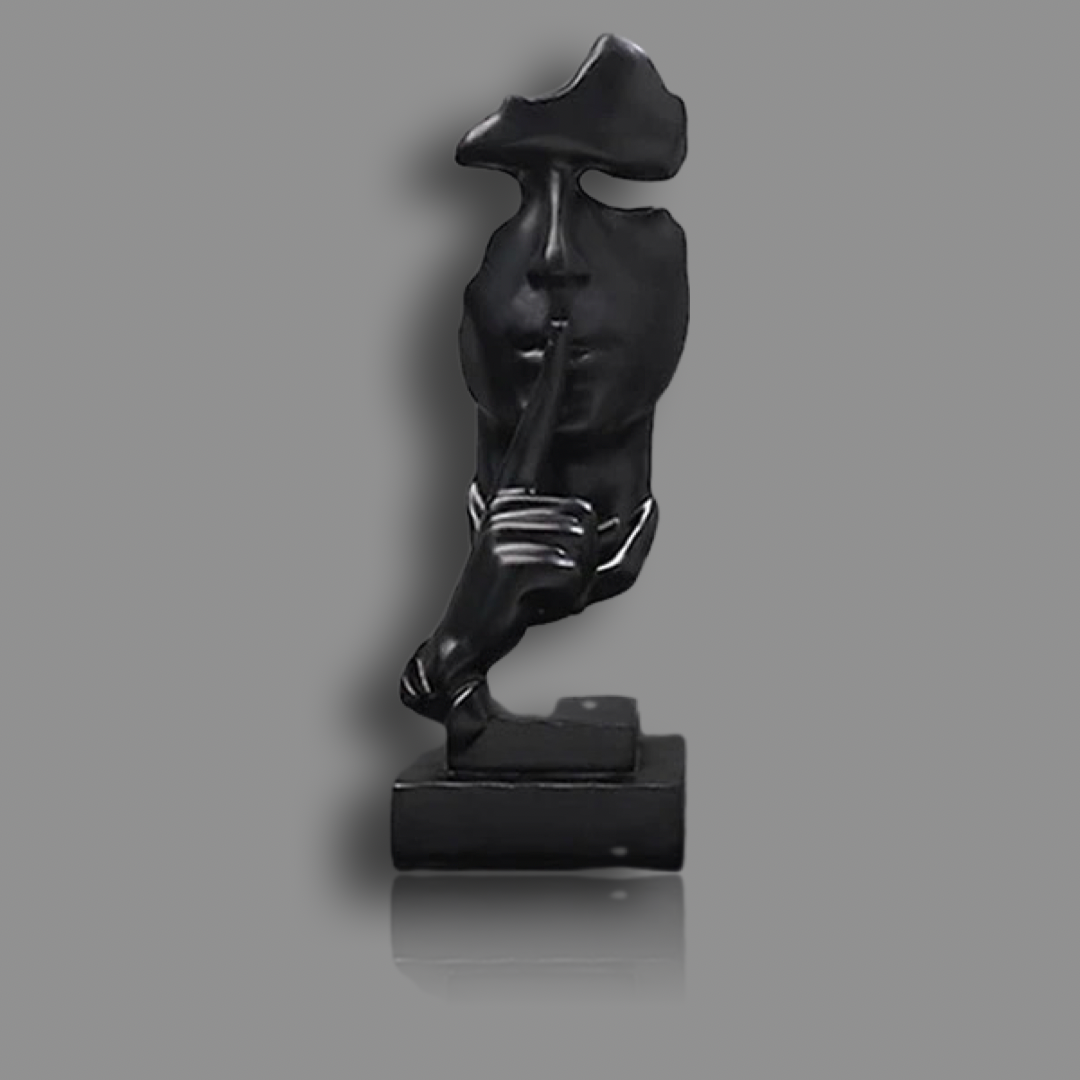Belvedere Apollo: Unveiling the Timeless Charm of the Belvedere Apollo
In the realm of classical sculptures, amidst the echoing halls of the Vatican Museums, one figure reigns supreme— the Belvedere Apollo. This marble marvel, crafted by an anonymous artist in the 2nd century AD, has stood the test of time, enchanting art enthusiasts worldwide with its divine beauty. Join me as we delve into the captivating saga behind the Belvedere Apollo, a symbol of eternal allure and artistic mastery.
A Glimpse into Classical Grandeur
The Belvedere Apollo resides within the Vatican Museums, a stunning embodiment of classical artistry. Carved with precision and reverence, it portrays Apollo, the Greek god of music, poetry, and archery. Through meticulous craftsmanship, the artist not only captured Apollo's physical form but also infused the sculpture with an essence of divine beauty, transcending mere representation.

Unraveling the Myth
Steeped in mythology, the Belvedere Apollo portrays the triumphant moment of Apollo's victory over the serpent Python. With idealized proportions and a poised stance, the sculpture exudes a sense of grace and strength. Beyond symbolizing the triumph of good over evil, it embodies the pursuit of artistic perfection, inviting viewers to ponder the deeper meanings hidden within its marble embrace.
A Sculptural Marvel: Anatomy and Aesthetics
What sets the Belvedere Apollo apart is its intricate attention to detail and the seamless fusion of beauty and power. The sinuous contours of Apollo's muscular frame, coupled with the delicate rendering of his flowing locks, create a mesmerizing harmony of form and grace. As light dances upon its surface, the sculpture comes to life, captivating all who behold its magnificence.
Influence on Renaissance Art
The legacy of the Belvedere Apollo extends far beyond its origins. During the Renaissance, luminaries like Michelangelo and Raphael drew inspiration from this timeless masterpiece, incorporating its ideals of beauty and proportion into their own creations. Thus, the Belvedere Apollo became a guiding light, igniting a revival of classical aesthetics that continues to influence artists to this day.
Contemplating Eternal Beauty

Standing in the presence of the Belvedere Apollo, one cannot help but contemplate the notion of eternal beauty. Its enduring allure transcends the constraints of time, beckoning us to ponder the timeless pursuit of artistic perfection. In its graceful form, we find a reflection of our own aspirations for beauty and harmony, reminding us of the immutable power of art to uplift and inspire.
Conclusion: A Tribute to Classical Grandeur
The Belvedere Apollo is more than just a sculpture; it is a testament to the enduring legacy of classical art. Through its captivating beauty and timeless narrative, it speaks to the depths of the human spirit, inviting us to celebrate the eternal allure of classical grandeur. As we marvel at its divine form, we are reminded that true beauty knows no bounds—it is, indeed, immortal.




